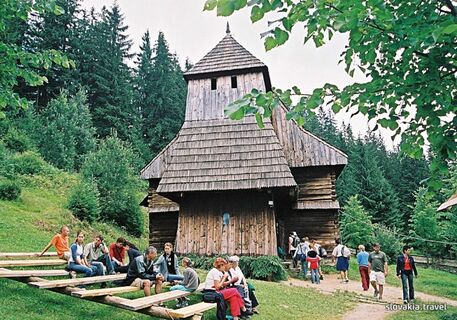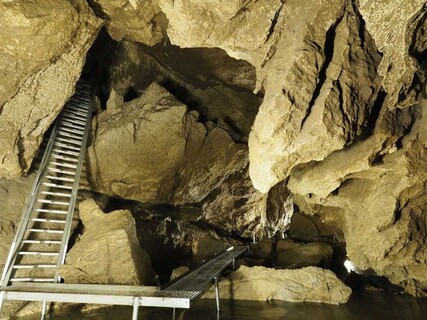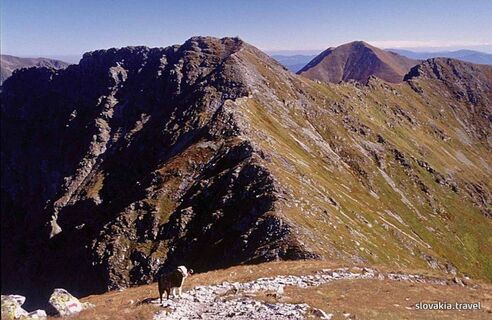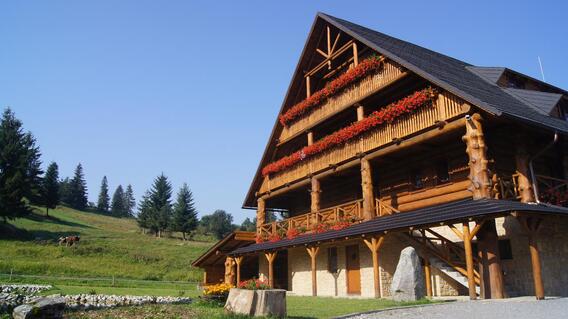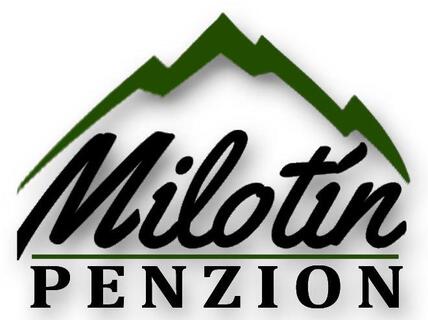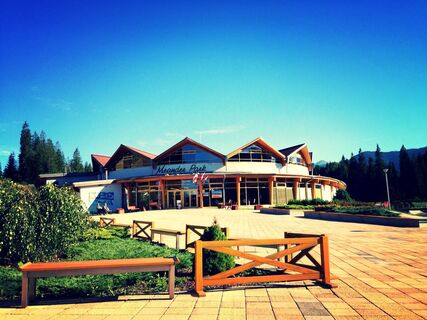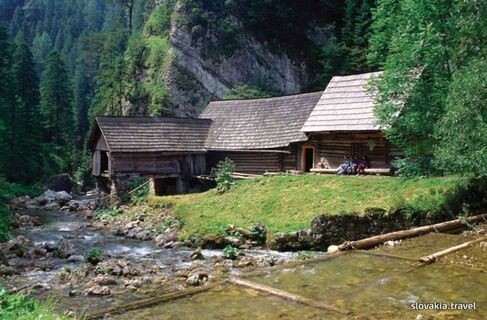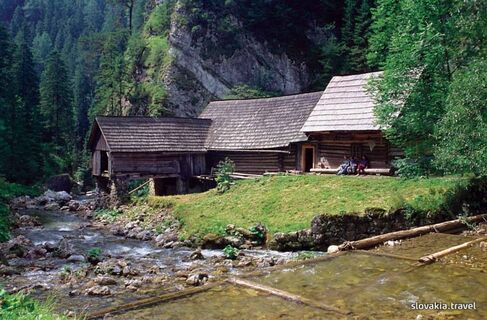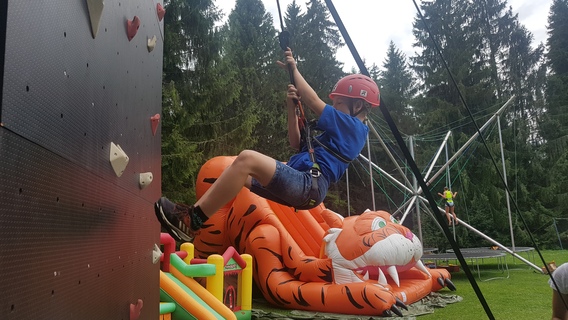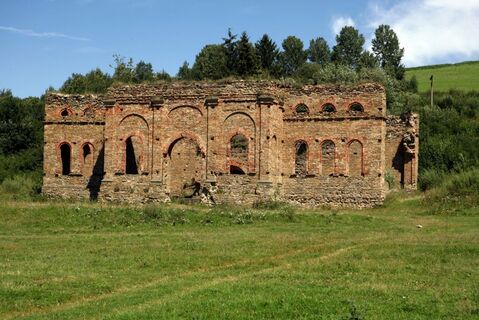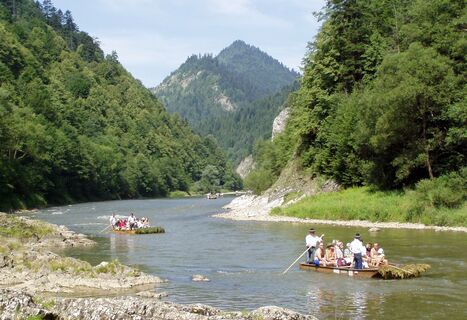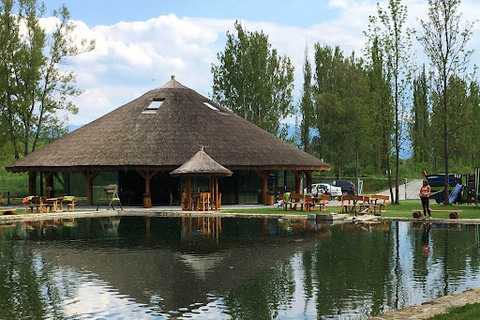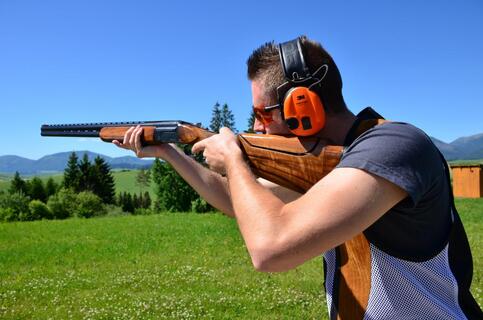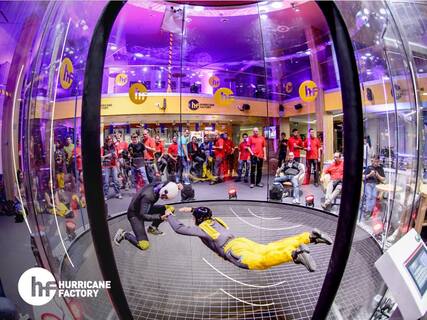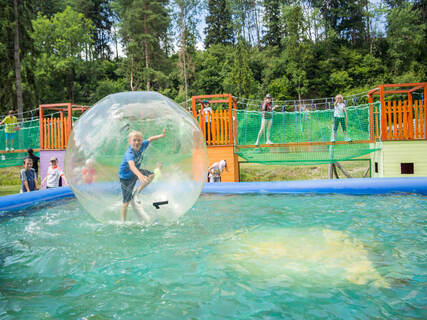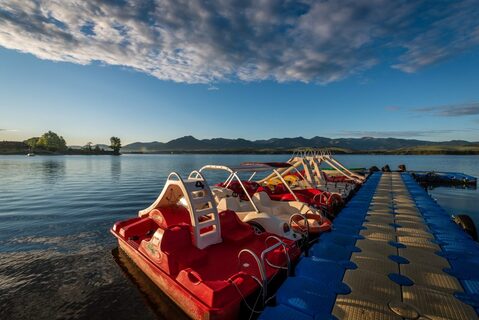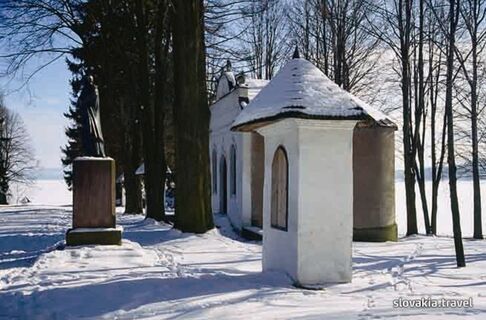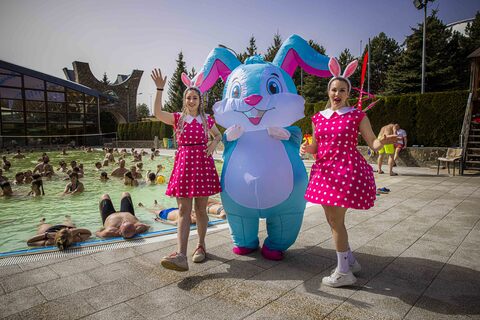A visitor can see here all kinds of buildings - peasant houses, larders, lumber rooms, farmsteads, shepherd's huts, haylofts, etc.); sacral buildings (a wooden church, cemetery and belfry) and the craftsman's and linen-maker's houses (a Wallachian mill and sawmill, a potter's furnace and fulling mill, etc.).
The Museum is divided into five sections regarding each individual region. The Market Place of the Lower Orava exemplifies the richer side of the region with rather large, ostentatious houses. The Mill near the brook includes a water mill, sawmill and fulling mill with their common water-driven mechanism. The Lane of the Zamagurie Region, with houses and farmsteads of rich and medium rich farmers, represents the typical structure of an Orava village. The Goral Settlement represents the poorest part of Orava lying on south-eastern slopes of the Oravské Beskydy mountains.
The cemetery with the Late-Gothic wooden church from Zábrež from the 15th century, standing on an elevated location, dominates the area.
The Museum regularly organises ethnological expositions and the international Podroháčsky Folk Festival is held in the local amphitheatre in August. Artisanspresent their skills and produce within the area of the Museum. A relax in the original inn of an adapted old mill is also attractive.
